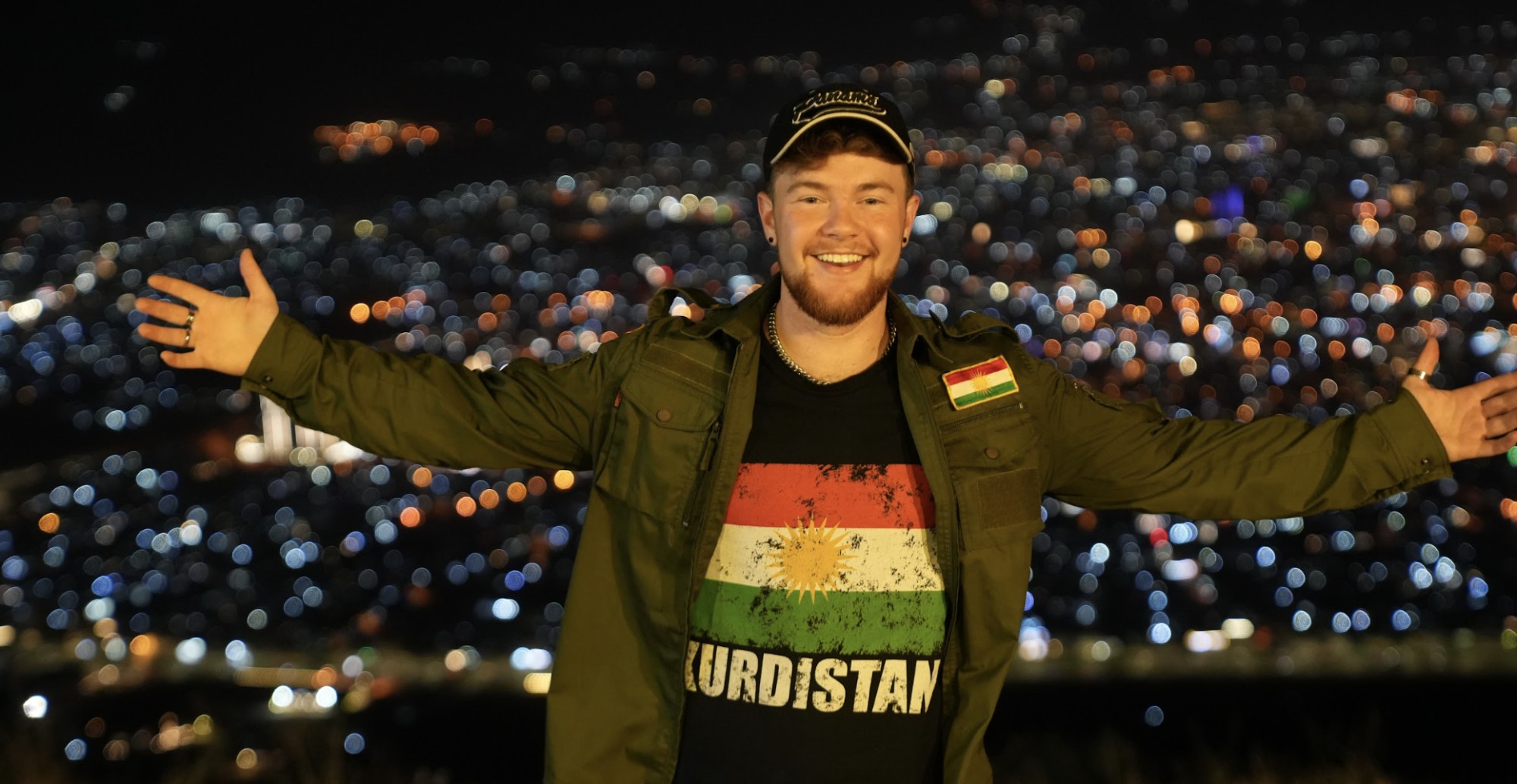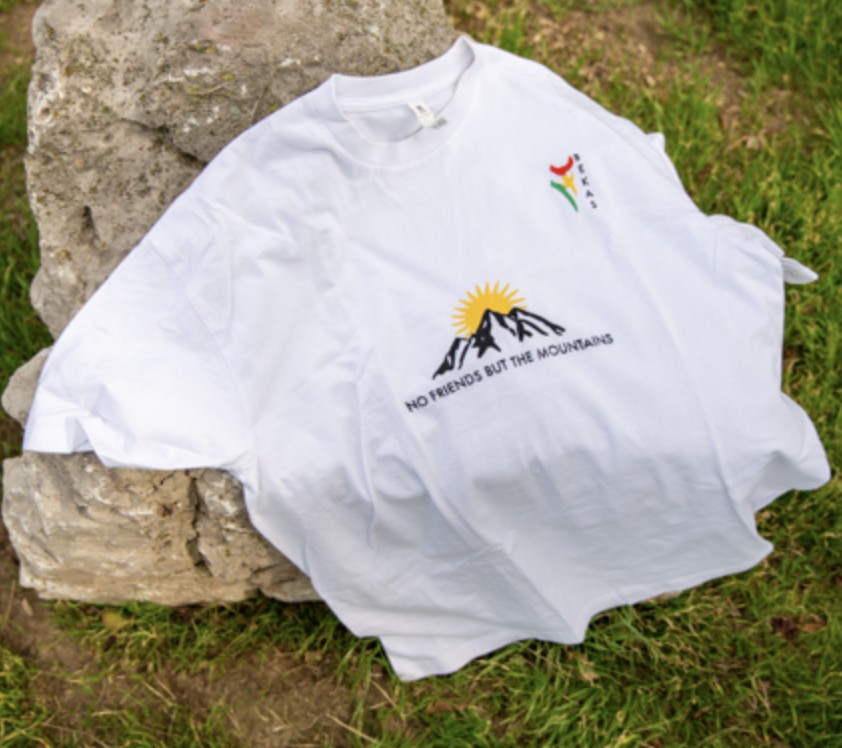The human domestication of animals in the Zagros region, which covers most of the areas inhabited by the Kurds, goes back thousands of years. Among the inhabitants of these lands, Kassites, who controlled Babylonia after the fall of the Old Babylonian Empire (c. 1531 BC to c. 1155 BC), are believed to be among the first people to breed horses.
Besides using horses for transportation, Kassites also needed these agile animals for the many battles they fought with their neighbors. They nurtured horses and taught their children to ride them. Later, due to their unique physical structure, Kassites horses were also exported throughout Mesopotamia.
Horse breeding was further developed in later periods of the first millennium B.C. Historical stone engravings and carvings of horses from the reigns of the Medes, Achaemenids, Parthians, and Sassanids survive today that indicate the importance of horses in daily life, including among the Kurds.
Besides its unique physical structure, the Kurdish horse breed is known for its beauty and strength. The breed originates from the Kurdish areas of Iran, where the mountainous topography and moderately cold climate sculpted a unique horse population that is resistant to harsh environmental conditions.
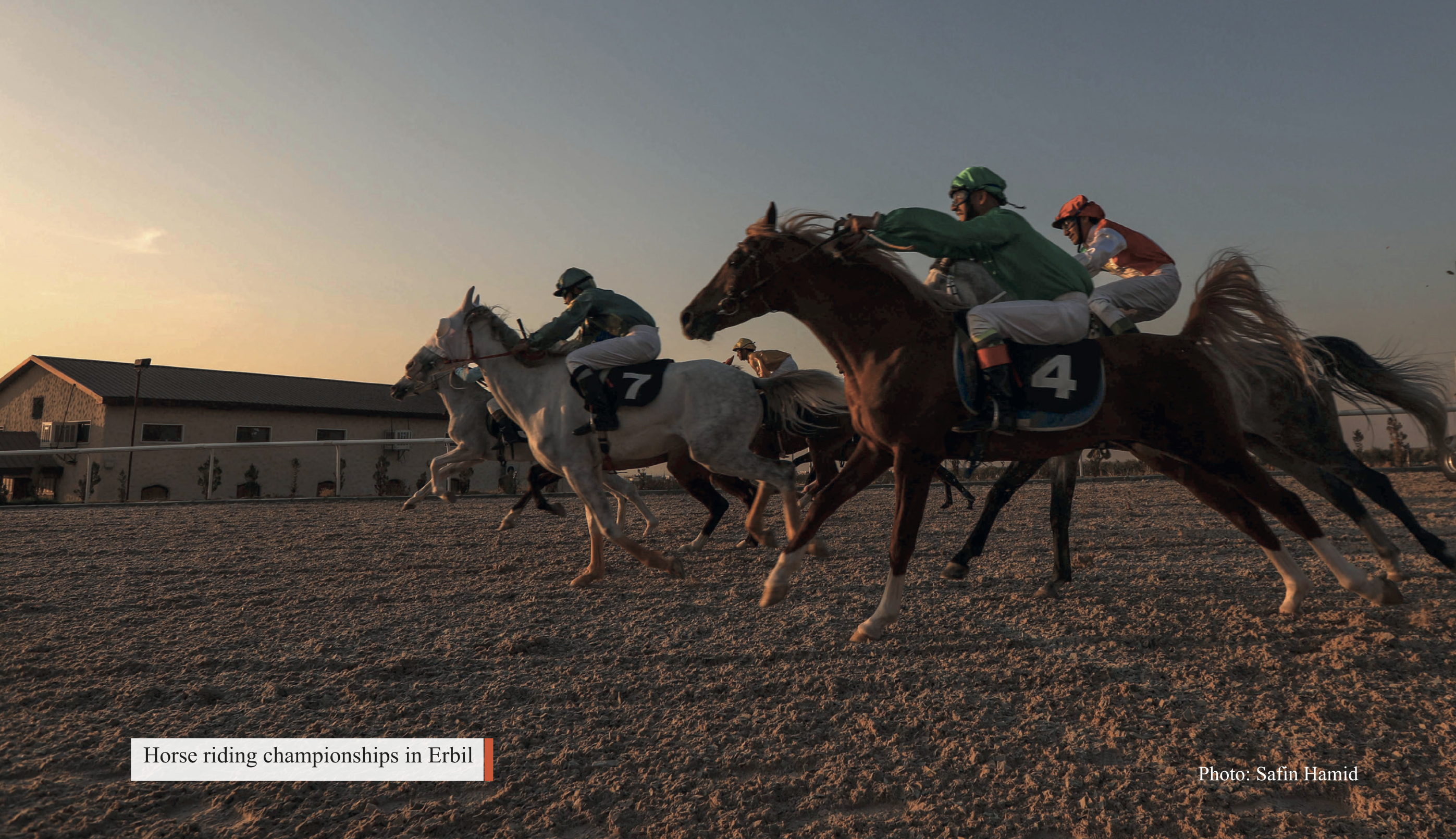
Horses and the Kurdish Revolutions
Kurds, as the largest stateless nation in the world, have constantly been subject to the brutality of those who have ruled their lands. However, they repeatedly refused to accept such oppression and revolted from time to time to fight for their rights.
Horse breeding in Kurdistan might carry a different meaning than in other parts of the world. After all, horses were integral parts of the Kurdish revolutions, during which the animal was the basic means of transporting weapons and mobilizing fighters. Horses, after all, were always part of the daily lives of the nomadic communities in Kurdistan and are obviously the best option for guerrilla fighting in the harsh environment of Kurdistan’s mountains.
In 1946, when the first Republic of Kurdistan was founded in the Iranian Kurdish city of Mahabad, horses were part of the army and appear in authentic documentary films marching with fighters on their backs. After the republic fell before its first anniversary, hundreds of Kurdish fighters found a safe but difficult passage to the Soviet Union. This journey, led by General Mustafa Barzani, was made possible by the horses carrying them, their weapons, and their families.
Later, during the two landmark revolutions of the Kurds in Iraq, the Aylul and Gulan revolutions, horses were once again pivotal in the struggle, traveling from mountain to mountain carrying fighters, weapons, food, and other equipment for the peshmerga forces.
Kurdish legendary leader Mustafa Barzani is known as one of the prominent figures in modern Kurdish history who, almost always, owned a stud farm of his favorite horses. He appears in many black-and-white photographs riding a white horse.
The tradition that he established lives on today for many in the Barzan area of the Kurdistan Region. They have protected the genetics of General Mustafa Barzani’s horse and hope to get the breed officially registered in the Horse Encyclopedia as the Barzan horse.
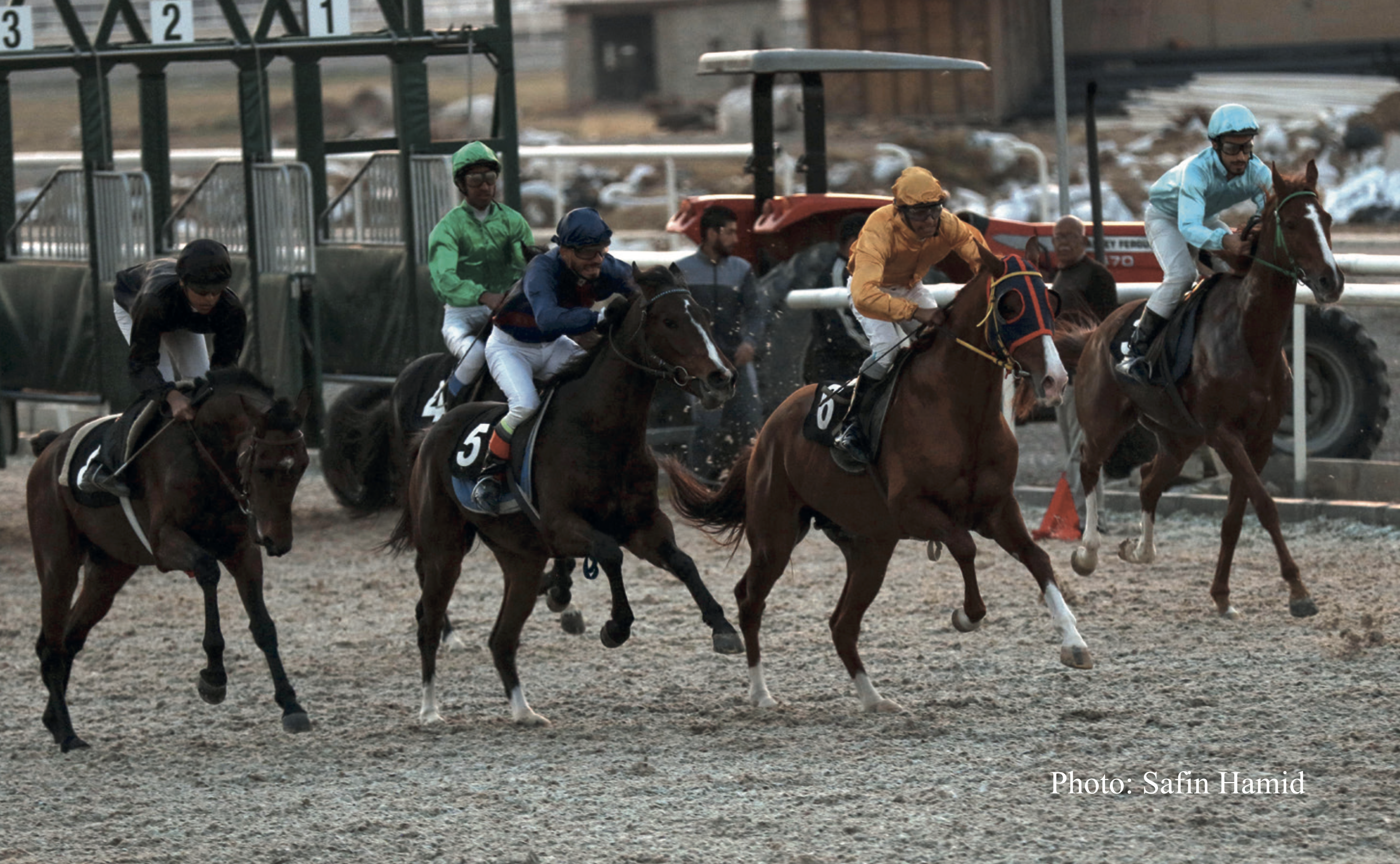
Horse Riding in Kurdistan
Following the fall of Saddam Hussein’s Ba’ath regime in 2003, the economy of the Kurdistan Region of Iraq began to develop quickly. This, obviously, has had a remarkable effect on the lifestyle of the very people who were subject to multiple massacres over the past few decades.
Equestrian championships and events to select the most elegant horses are common practices today in Kurdistan, and several horse clubs now convene those interested in horse riding both as a professional sporting game and entertainment.
Today, Erbil is home to one of the most professional horse clubs not only in the Kurdistan Region but also in all of Iraq. Karwan Barzani, manager of the Erbil International Equestrian Club, spoke to Kurdistan Chronicle in an exclusive interview to detail the current situation of horse breeding in the Kurdistan Region. He explained that the initial steps to introduce equestrianism as a professional sport were taken in 2008, when they founded a small club in the mountainous areas of Barzan northeast of Erbil. The efforts, however, received enough attention from the public that the founders began considering establishing an international club in Erbil in 2013.
Today, the Erbil International Equestrian Club attracts horse riders from around the Kurdistan Region, Iraq and the world for championships in steeplechase and flat racing. However, according to Karwan Barzani, challenges remain in introducing the Kurdish horse breed to international championships outside Iraq due to a ban on transferring horses from Iraq to other countries. “Animal diseases and the violent natural environments in Iraq are the main reasons that other countries do not allow horses from Iraq and the Kurdistan Region to be transferred and introduced into events,” Barzani added.
As horse riding booms both as a professional sport and personal hobby, the prices of horses are also rising. Sattar Ahmed, a Kurdish horse breeder in Erbil, says that the price for a horse can be as high as $USD 8,500. He further explained that Arabian horses are the most popular and most expensive horses in the Kurdistan Region market, followed by some different breeds of French horses. The Kurdish breed, however, does not compete in price as it is often used for transportation and farming in rural areas.
While equestrianism is growing in the Kurdistan Region, a new market has certainly emerged and created more jobs. According to the official statistics of 2022, 239 horses were imported from other countries to the Kurdistan Region. However, to monitor the process and prevent any disease outbreaks, authorities enforce strict veterinarian regulations at border crossings and airports.
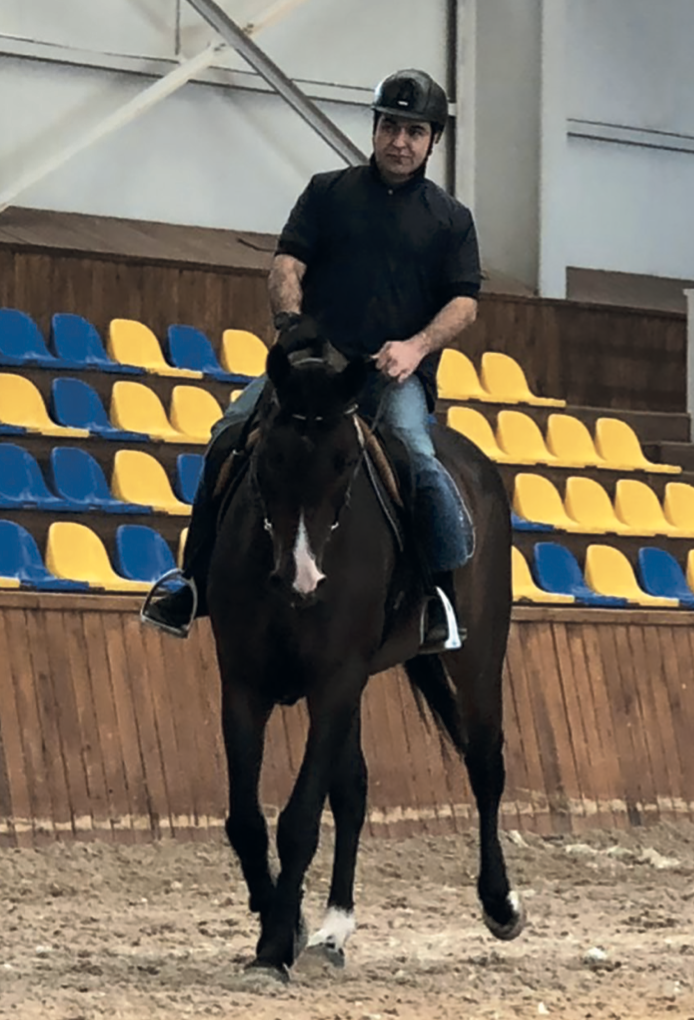
Horses in Kurdish Culture
Despite the relatively modern and high living standards in today’s Kurdistan Region, horses remain part of the culture. Many couples use sophisticated horses in their wedding ceremonies to follow their ancestors’ traditions. In the old days, the family of a bride would carry their daughter and her belongings on the backs of horses to meet the family of a groom midway, from where the groom would take the bridle and walk ahead of the bride’s horse. While it remains an adored essence in Kurdish wedding rituals, some might argue that it also reflects a patriarchal culture in which men dominate the family.
Finally, in Kurdish literature, there are countless stories and poetries in which horses play a central and structural role, while horses also carry specific meanings in Kurdish oneiromancy, denoting happiness, prosperity, wealth, achievement, and peace, some qualities that Kurds, as a nation, have been chasing for decades if not centuries.
Mohammed Dargalayi is a journalist and photographer, who has been working for nearly 13 years. He is a member of the Kurdistan Union of Journalists and the Kurdistan Photographers Association. He is a member of IFJ Global.
